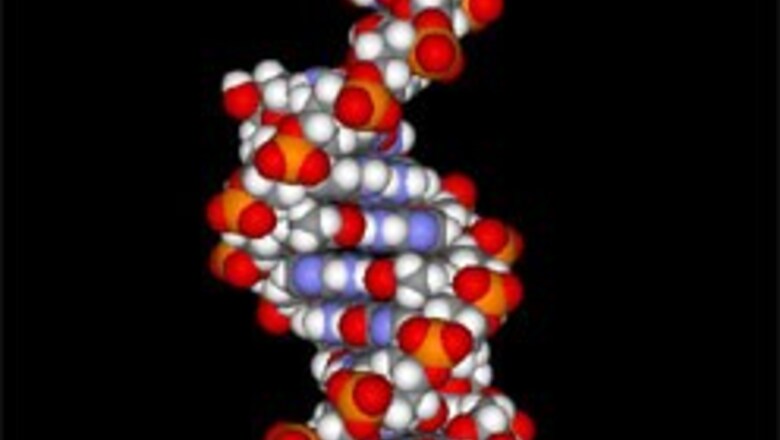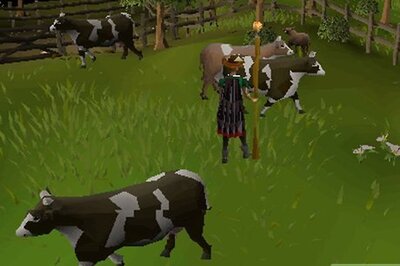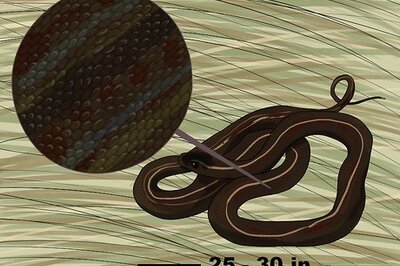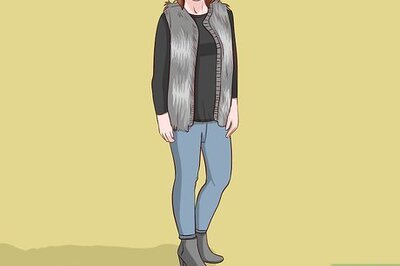
views
London: An international team of scientists has unveiled a new human genetic map, or 'book of life', that fills in missing pages and chapters to explain how genes are involved in common diseases.
Instead of showing single variations in human DNA that make people unique, the map looks at differences in duplications and deletions of large DNA segments known as copy number variants (CNVs) which can help explain why some people are susceptible to illnesses such as AIDS and others are not.
"We're a patchwork of DNA sequences, gains and losses," said Dr Charles Lee, of the Brigham and Women's Hospital and Harvard Medical School in Boston, Massachusetts, speaking at a news conference.
Scientists from more than a dozen centres around the world identified about 3,000 genes with variations in the number of copies of specific DNA segments. The changes can influence gene activity and disease susceptibility.
The Human Genome Project mapped the billions of letters that make up the human genetic code. Scientists later refined the map by looking for single variations called SNPs, single nucleotide polymorphisms, in the arrangement of those letters which make individuals unique.
The CNV map gives researchers a different way to look for genes linked to diseases by identifying gains, losses and alterations in the genome.
"Copy number variation is complex. There are different types," said Dr Matthew Hurles, of the Wellcome Trust Sanger Institute in England.
"In addition to deletions and duplications, there are more complex forms where a gene can be present in one individual in multiple copies in a tandem array," he told the news conference.
He added that resistance to infection by HIV, which causes AIDS, is determined in part by multiple copies of the gene CCL3L1, which cannot be seen on an SNP map.
New Tools
The scientists, whose findings are reported in the journals Nature, Nature Genetics and Genome Research, compiled the CNV map by comparing DNA from 270 healthy people in China, Japan, Nigeria and the United States.
The consortium identified 1,447 different CNVs that covered about 12 percent of the human genome. About 285 of them are associated with diseases. CNV duplication is linked to schizophrenia, psoriasis, coronary heart disease and congenital cataracts.
"With these new tools, we and our clinical colleagues are able to find previously undetectable deletions or duplications of the genome in a patient. The CNV map now allows us to identify which of these changes are unique to the disease," said Dr Nigel Carter, of the Wellcome Trust Sanger Institute.
The scientists have also developed a database called DECIPHER that will enable researchers around the world to use the Internet to submit information on patients with CNV details. The information will be mapped on to the human genome in the public browser.
"This important work will help identify genetic causes of many diseases," said Dr Mark Walport, director of the Wellcome Trust, in a statement.




















Comments
0 comment